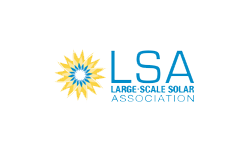Central Valley residents deserve healthy communities powered by renewable energy. California Legacy Partnership is a coalition of farmers, labor, business and environmental groups in support of
AB 2528. The legislation, authored by Assemblymember Dr. Joaquin Arambula, helps the state meet its climate goals, protect groundwater, and improve air quality by increasing the availability of land for renewable energy projects. The bill gives landowners the freedom and flexibility to create alternative sources of revenue while generating clean energy for the Valley
Join us in support of AB 2528 for the next generation's stewardship of a healthy, clean, and prosperous future.






















